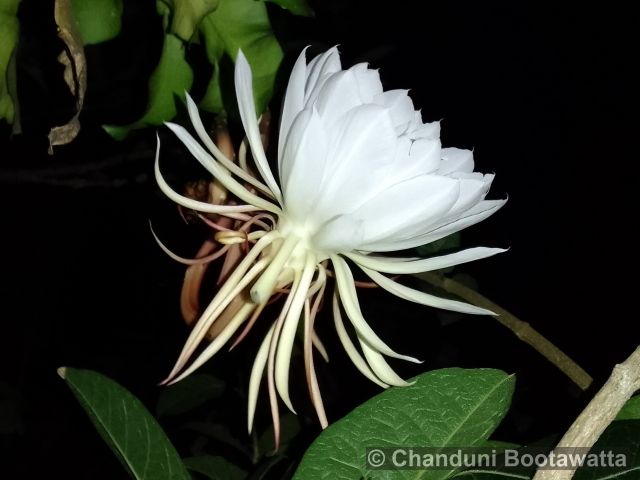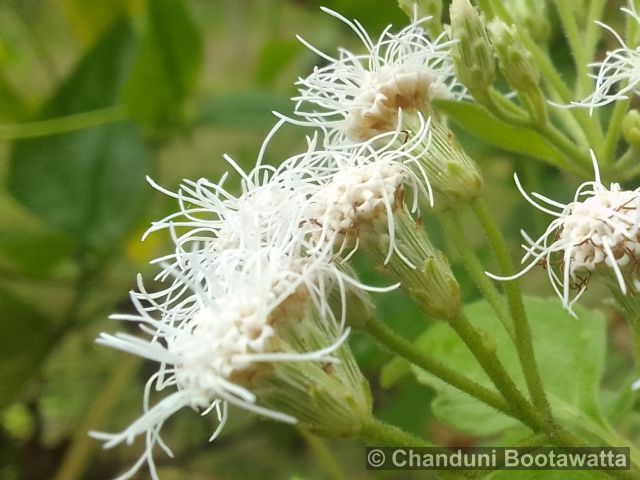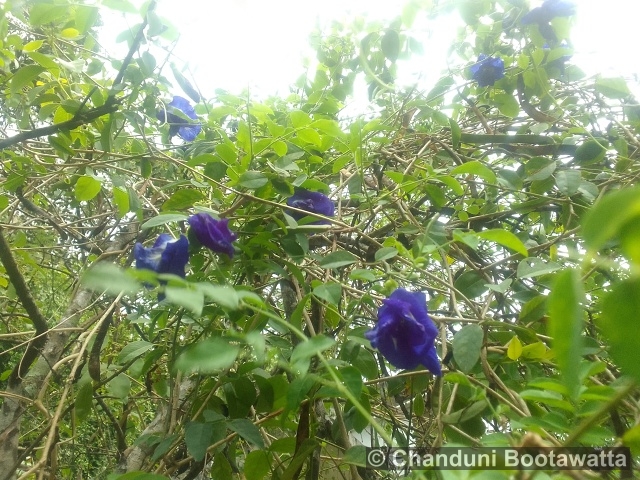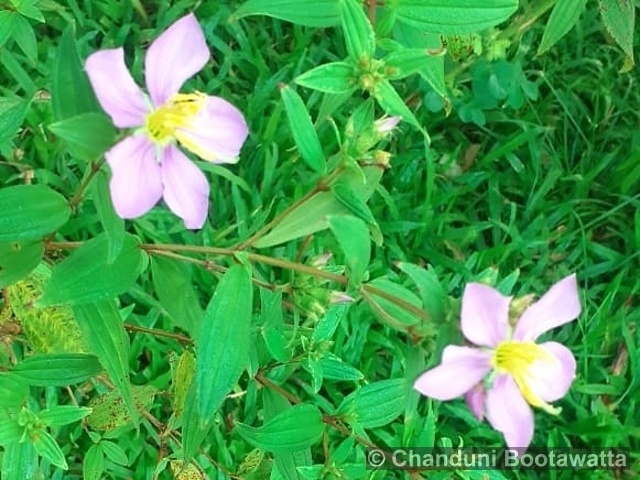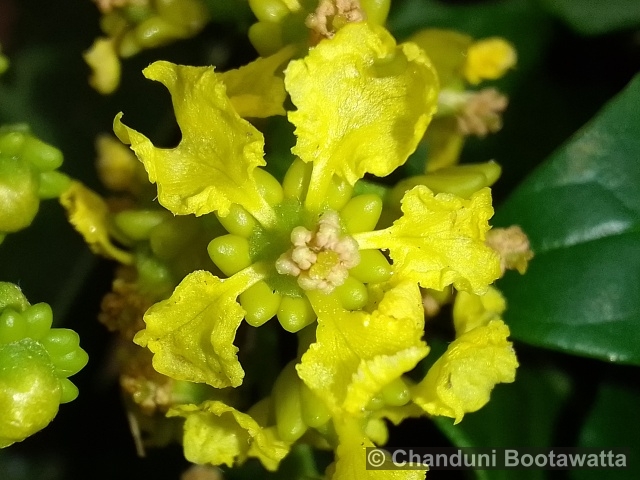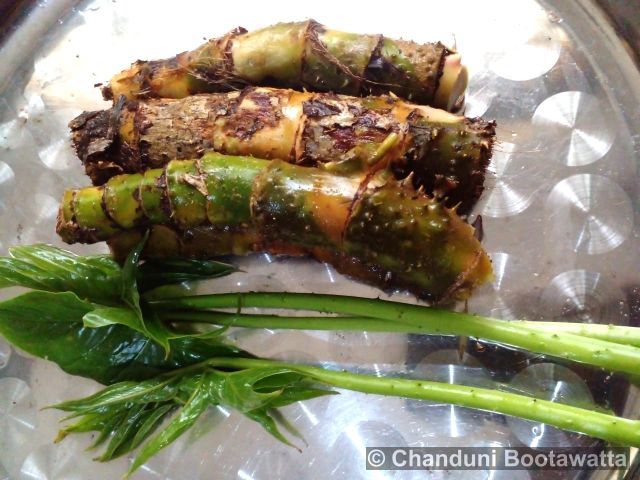Tento příspěvek byl přečten354krát!
Nil Manel (නිල් මානෙල්), Blue star water lilly
Syn.: Nymphaea bernierana Planch., Nymphaea emirnensis Planch., Nymphaea madagascariensis DC., Nymphaea minima F.M. Bailey, Nymphaea stellata Willd.
Family: Nymphaeaceae

Description: Is a captivating aquatic plant renowned for its aesthetic and cultural value. Its flowers, which bloom during the day and close at night, are a stunning display of nature, showcasing vibrant shades of blue or white petals surrounding a central cluster of golden stamens. The plant’s leaves are large, round, and slightly serrated at the edges, floating on the water’s surface with a glossy green appearance. The stem, or petiole, is long, spongy, and flexible, rising from a submerged rhizome and supporting the leaves and flowers above the water.
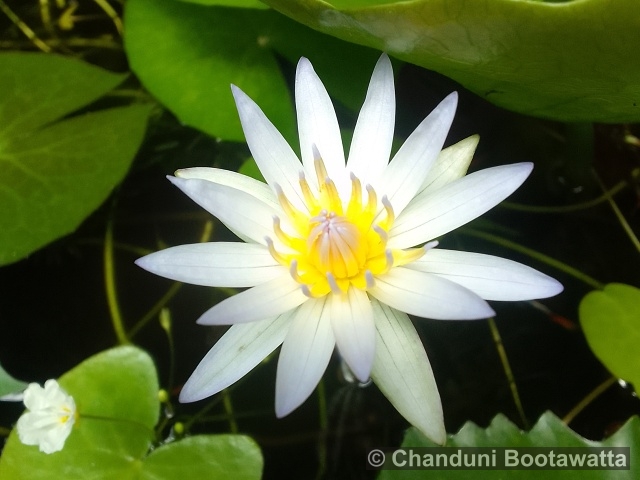
Substitutions: Nymphaea caerulea (Blue Egyptian lotus or sacred blue lily) – Native to the Nile and other regions of East Africa. Its flowers are a striking sky blue with a yellow center and emit a sweet fragrance, blooming during the day and closing at night. The leaves are large, round, and float on the water’s surface, providing shade and habitat for aquatic life. This plant has historical significance in ancient Egyptian culture and is often associated with rebirth and spirituality. It’s also used in traditional medicine for its calming and narcotic effects. – Nymphaea pubescens (Hairy water lily or pink water lily) – Found in tropical and subtropical regions of Asia. Its flowers can range from pink to white and have a unique hairy texture on the undersides of the petals. The leaves are large, round, and can have a slightly fuzzy surface. This plant is often cultivated for its attractive flowers and is used in traditional medicine for its purported benefits, including treating skin ailments and digestive disorders. – Nymphaea lotus (Tiger lotus or Egyptian lotus) – Native to East Africa and Southeast Asia. It is known for its large, white, or pink flowers that rise above the water on sturdy stalks. The leaves are deeply notched and can display unique tiger-like patterns, hence the name. This species is popular in aquariums and ponds for its ornamental value. The plant also has historical and cultural significance, especially in ancient Egyptian and Asian cultures, and is used in traditional medicine for its sedative and astringent properties.
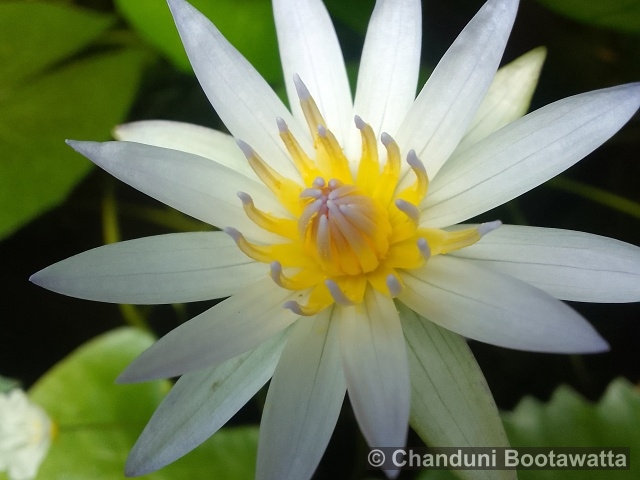
Ecology: Thrives in silty or clayey aquatic soils rich in organic matter. It prefers still or slow-moving freshwater environments with full sunlight exposure and clean water. Ideal temperatures range between 20°C to 30°C (68°F to 86°F), promoting vigorous growth and prolific flowering during warm months.
General Distribution: Distributed across South and Southeast Asia, including countries like Sri Lanka, India, Bangladesh, Myanmar, and Thailand.
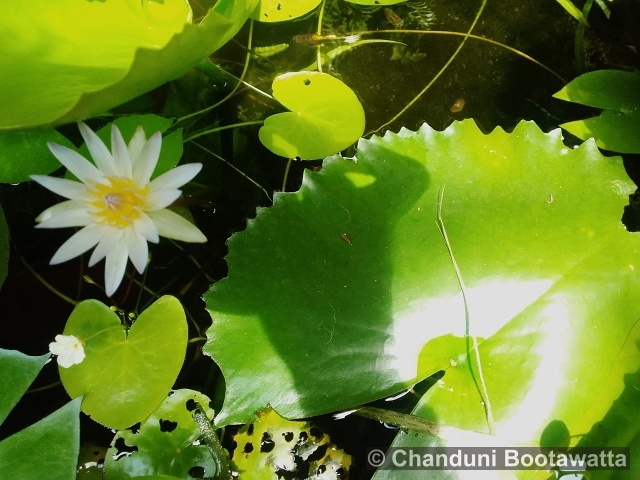
Use: In addition to its ornamental uses, Nymphaea nouchali is used in traditional medicine for its purported benefits, including calming effects, anti-inflammatory properties, and treatment for various ailments like diabetes and skin conditions. The plant also plays a vital role in aquatic ecosystems, providing habitat and food for wildlife.
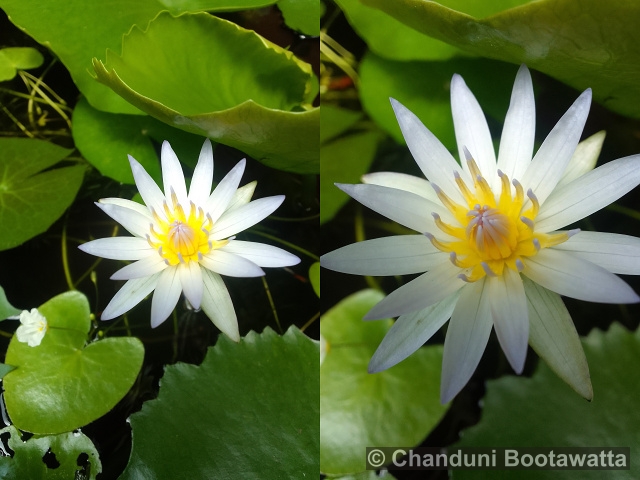
Author of text and photos: Chanduni Bootawatta.
Photographed in Matale, Sri Lanka on 25/06/2024.



 Poslat emailem
Poslat emailem

